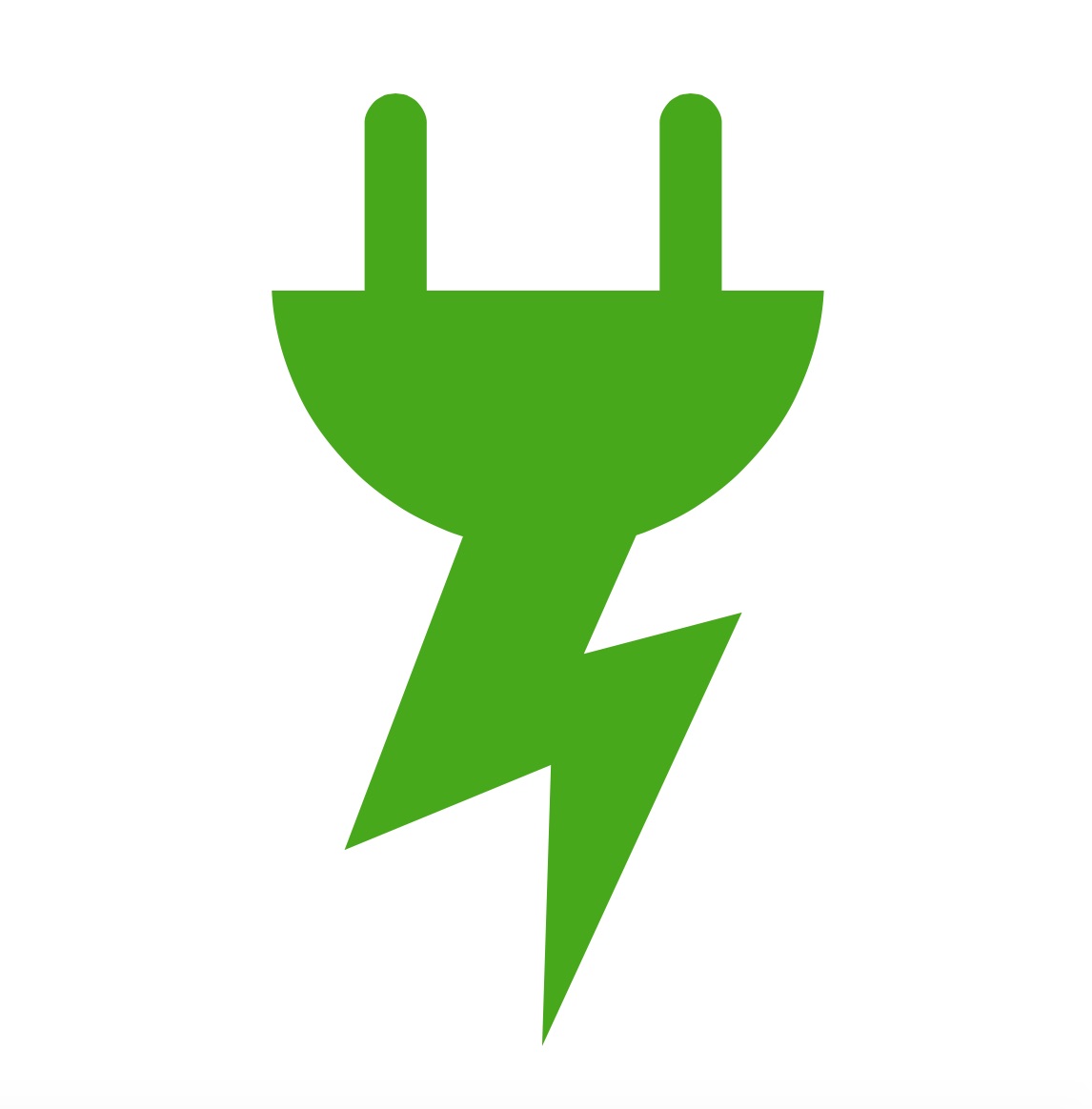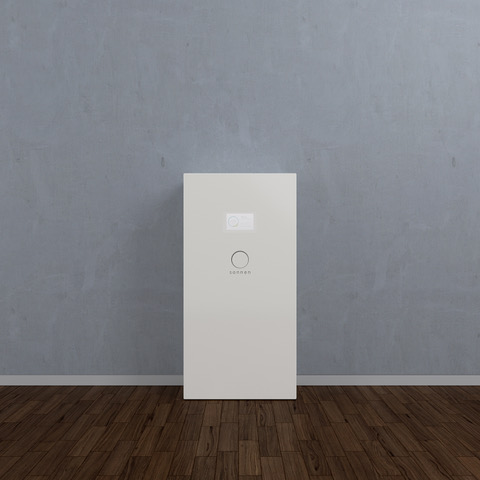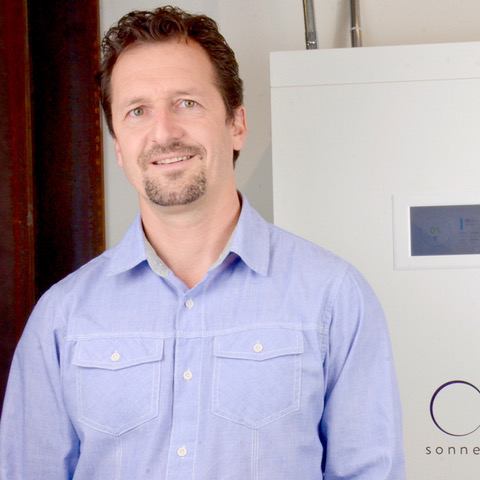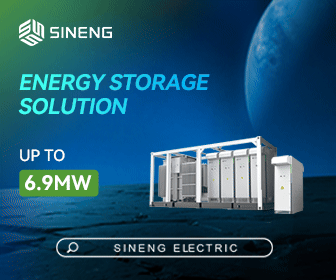Moving Forward: What Lies Ahead for the Energy Storage Market in America
The U.S. energy market is in a transitional period as uncertainty, new technology, and global trends have created an emergence of innovations in the industry. Players have taken note and continue to push forward, developing new approaches to and incentives for renewable energy use. Eco-conscious consumers continue to look for improved energy independence, and ways to store and manage their clean energy efficiently.
As the energy market in the United States continues to evolve, the leaders who emerge will be those who implement creative approaches, and forge strong partnerships that yield positive results for consumers and the industry overall.
The economics of energy storage
There are many drivers pushing energy storage forward and keeping the market viable. One of which is policy. Incentive programs and green mandates, in states like California and Massachusetts, are making energy storage technologies not only attractive, but more affordable for consumers. As these programs expand, and more energy storage systems are deployed, the market will only continue to grow, further driving down costs to the manufacturers and end-users.
Energy storage incentives, combined with a trend against selling excess energy back to the utility, make energy storage an even more financially viable option. The option to sell excess energy back to the utility at retail rates (a solar-friendly mechanism called "net metering") is being phased out and replaced with compensation closer to wholesale energy prices. Overall, incentives will be instrumental in the growth of the national market, until utility rates, and battery pricing, create a market where energy storage provides a better ROI than PV alone.
Another key factor that goes with incentive programs is overall cost of power. Clean energy is more affordable than ever, currently below the cost of traditional forms, such as coal or natural gas. Consumers generating clean energy can make the most of their power by pairing their solar, wind, or biogas systems with a smart storage solution. This enables the retail customers to utilize most of the energy they produce, making them more energy independent, lowering their energy bills and decreasing their carbon footprint.
 As storage has become an attractive addition to consumers' clean energy goals, a number of options have emerged in the market. The term "energy storage" can mean anything from a standalone battery, to an all-in-one intelligent home solution. Pricing tends to parallel the system quality, and the long-term value it offers in terms of ROI and durability. As top storage players continue to work with local installers and partners to communicate the long-term value of these systems, the market will continue to thrive and evolve, giving way to new technologies and more affordable solutions.
As storage has become an attractive addition to consumers' clean energy goals, a number of options have emerged in the market. The term "energy storage" can mean anything from a standalone battery, to an all-in-one intelligent home solution. Pricing tends to parallel the system quality, and the long-term value it offers in terms of ROI and durability. As top storage players continue to work with local installers and partners to communicate the long-term value of these systems, the market will continue to thrive and evolve, giving way to new technologies and more affordable solutions.
How to handle a new energy economy
As the energy storage market grows, the industry faces challenges implementing these systems to work in tandem with the existing utility structure of the U.S. Pairing the traditional grid with decentralized energy generation and storage systems can have significant benefits in terms of stability, and in emergencies. While excess solar generation can create a disruptive surge of energy to the grid, combining PV with a smart storage system significantly reduces that risk, and allows for benefits both behind and in front of the meter. Leading solar installers and developers are taking responsibility to reduce the impact of the intermittent generation of PV plants - and positioning energy storage as the solution to fast ramping, the California "Duck Curve", and other issues that plague distributed power generation.
The ideal execution will involve multiple segments of the industry, with partnerships at every level. Installers, utility providers, storage companies, and traditional/renewable power generators will need to work together to take the American renewable energy market to the next level. So far, we've seen the most success among companies willing to work collaboratively toward a creative solution, rather than attempting to own the entire process.
Battery manufacturers must work with installers to ensure products are being properly integrated in homes. Homeowners need to understand how their system works, its various components, and any local net metering policies or incentives available. In many cases, a customer must apply for state incentives through their installer; this makes the installer responsible for supporting informed decision-making around brand, type, and size of system to best suit their needs. At the same time, energy storage manufacturers are accountable for keeping installers informed on the benefits of various offerings.
Grid-connected storage systems represent an opportunity for utilities, as well. They provide a source of backup power that can be accessed during peak demand, or for instabilities like surges. Some U.S. energy storage companies are already partnering with local utilities and solar installers to create community models of this nature. To introduce a virtual power plant-like model, energy storage providers need to understand regional landscapes, and forge partnerships with local utilities. Understanding the utility operations model will help storage companies better communicate the potential value these intelligent storage systems offer the grid.
Communicating the energy storage plan to investors
With any emerging technology, investment partners should be aligned with the overall mission and commitment to a clean energy future. Since utilities function differently in different areas of the country, it can be challenging to manage the expectations of national investors. For this reason, we've seen success in targeting smaller, regional financiers who understand the local landscape.
It is crucial to convey the nature of an energy storage investment over the long-term. In a growing, uncertain, and fluid industry, it's not about immediate payoffs. The market is young, and more suited to long-term investments; energy storage companies have an obligation to manage the expectations of investors, and communicate the value of their investment over time.
 Olaf Lohr is Director of Business Development at sonnen, a provider of energy storage solutions that utilizes intelligent energy management software.
Olaf Lohr is Director of Business Development at sonnen, a provider of energy storage solutions that utilizes intelligent energy management software.
sonnen | www.sonnen-batterie.com
Volume: 2017 July/August









